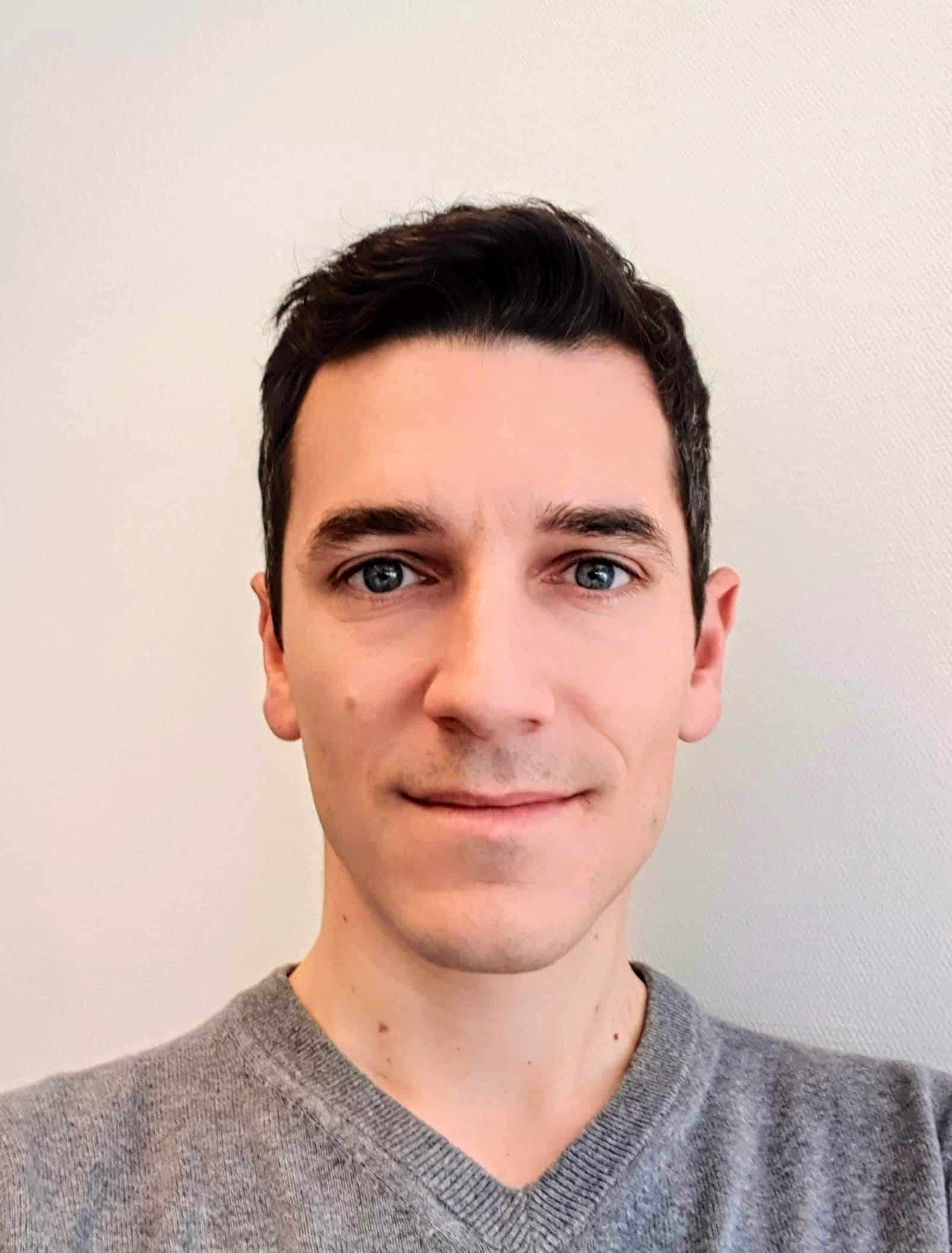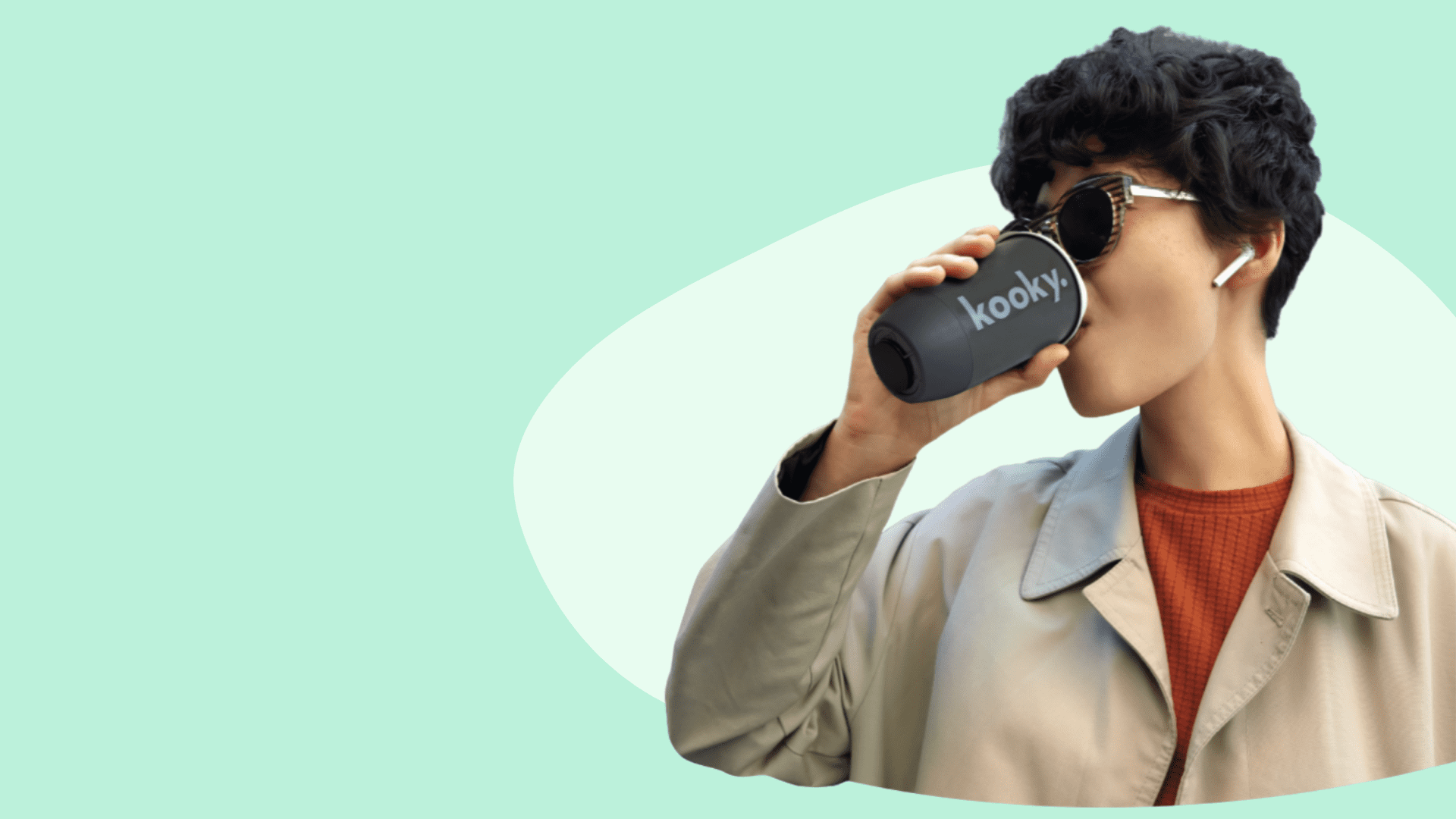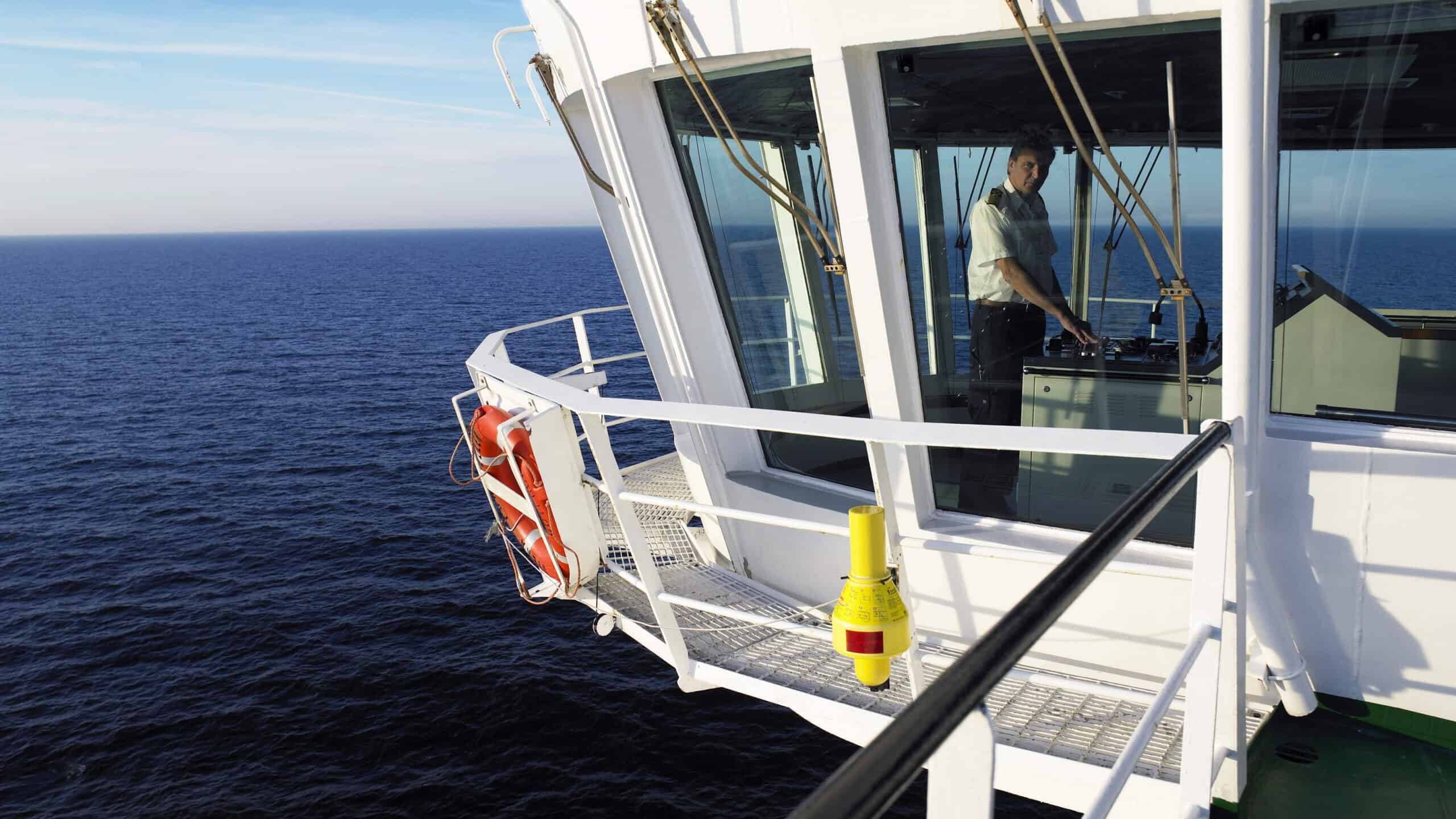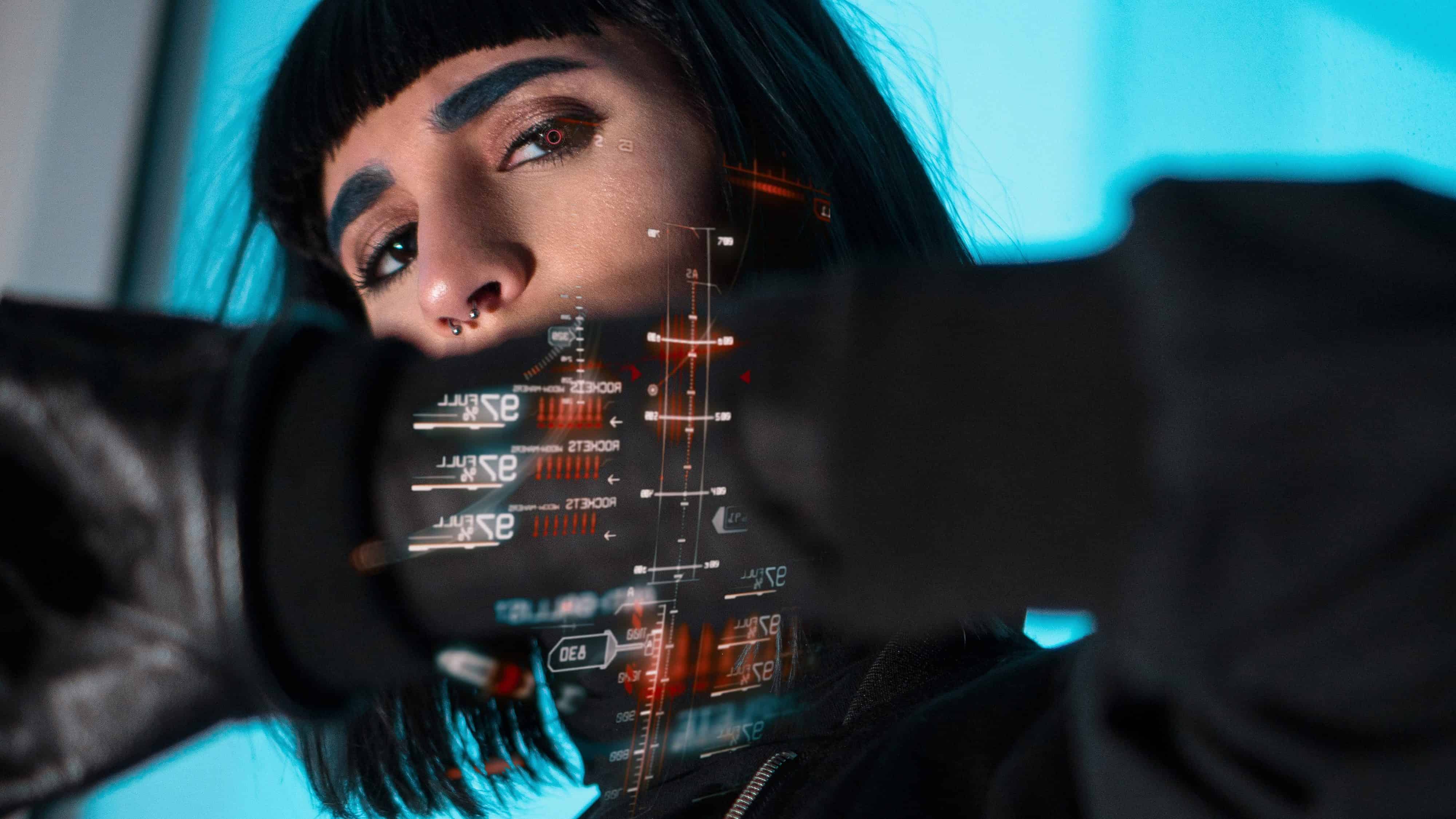Time and again, when a startup finds an elegant solution for a pressing problem, people ask themselves: Why has nobody thought of this before? The answer to that question is simple. People with the necessary skills need time and freedom to work and talk with those who encounter the problem. Our interview with Guillaume Petit-Pierre, co-founder of Artiria, illustrates what it takes to make this happen.

Co-founder, Artiria Medical
Guillaume Petit-Pierre, co-founder of Artiria, holds a PhD in neurotechnology from the Ecole Polytechnique fédérale de Lausanne (EPFL), and has served as a project leader at Valtronic Technologies and R&D engineer at Zimmer.
Strokes, a medical condition resulting from poor blood flow to the brain, are globally pervasive and serious for many people. Every year, more than 15 million suffer from strokes, meaning on average 40,000 per day. There are two distinct types of strokes: ischemic strokes, caused by blocked blood vessels, and hemorrhagic strokes, the result of ruptured blood vessels.
However serious the condition is, there are surgeries that render strokes preventable and treatable. What’s fascinating is how these surgeries are performed. Most often the blood vessels in the brain are elegantly accessed from the main artery of the leg, rather than through an invasive head surgery. It should come as no surprise that conducting neuro-endovascular surgeries takes a great amount of skill.
An important piece of technology that makes these surgeries possible is the guidewire, a thin wire (only four times larger than a human hair) that shows the way for the catheter. The guidewire enables surgeons to access the right sections of the brain.
The challenge is that cerebral arteries are tricky to navigate. Guidewires have a pre-defined tip shape, so turning corners in the labyrinth of the brain is often impossible. Surgeons sometimes have to pull the entire wire out of the body, reshape the tip manually, and reintroduce it. This results in a lot of lost time, and delays in treatment present major additional risks for patients. “Time is brain,” say surgeons.
The medtech startup Artiria, founded by Guillaume Petit-Pierre and Marc Boers, has developed a guidewire that can be adjusted while already inside the patient. The guidewire is flexible at the tip and is controlled by a small handle designed intuitively to match how surgeons already perform stroke surgeries.
Artiria’s new guidewire product, powered by micro-steering technology developed at EPFL’s Microsystems Lab 4 and tested in-vivo at Inselspital Bern, is adapted to operate or prevent hemorrhagic strokes (ruptured blood vessels). The company is also working on a second version of the device for operating on ischemic stroke patients (blocked blood vessels).
Guillaume and Marc met during their time working in the medtech industry (Valtronic Technologies and Aleva Neurotherapeutics) and bonded over their shared interest in bioengineering, medtech entrepreneurship, and ski mountaineering, the latter of which became a bonding experience prior to the pair becoming founders.
We sat down with Guillaume to learn more about how his experiences as a Ph.D. candidate at EPFL, and as an engineer for Zimmer and Valtronic, shaped the way he approached founding a startup with Marc, and how the duo came to create their medical device.
What moved you to start a Ph.D. after working as an engineer in the industry?
I was really fascinated by neurotechnology and medical technology when I worked in the industry. I had the feeling that I could create something by myself. Doing a Ph.D. gives you four or more years to turn something around for yourself, and comes with a lot of intellectual freedom. I had lost that freedom while working in the industry, and I wanted that feeling back. That’s what led me back to research.
Can you describe the experience of transitioning from being a researcher and Ph.D. candidate to founding your own company?
The best things about being a researcher were the independence and the creativity, to always find ways of bringing ideas to life while solving problems. In the industry, you become very pragmatic and hone your negotiation skills. Being natural and friendly, and human, allows you to understand what other people want to achieve. As an entrepreneur, I use the best skills I’ve acquired from both worlds every day. I stay very pragmatic and focused while using the think-out-of-the-box mindset to solve the challenges we are facing. So coming from the industry background and then going into a Ph.D., and then founding a company, turned out to be very natural for me.
How do you believe your previous experience in the industry influenced the way you created Artiria?
I think it first had an impact on my activity as a researcher. At the beginning of my Ph.D., I had to unlearn that I had been an engineer and give myself more freedom in what I was doing and what I could imagine. When you are working in the industry, it’s very money- and time-driven. This did help me keep track of timelines, money and potential challenges. Having that industry experience helped me plan what I was doing in my Ph.D. Many Ph.D. students don’t have that same experience. They’ll start huge projects without realizing what it takes to achieve certain things. I had the opportunity to learn planning as a project manager before returning as a researcher, and I try to implement what I’ve learned as an entrepreneur and a CEO. I think that’s a factor in why people like the Artiria project. Marc and I are far more experienced than Ph.D. students. This makes people more confident in our ability to achieve our goals.
How did you come to focus on a guidewire product for stroke surgery?
The most important point is to find a medical need first and then try to address it. That’s exactly what we did. Watching physicians performing neuro-vascular surgery we understood that they were struggling a lot with reshaping guidewires manually. They were losing a lot of time. We began to think about how we could improve this process. This is how we started this project. We created many different versions until we got to the product we have today.
Why do you think that the issues you observed – having to manually take out the guidewire during surgeries and reshape it by hand – have persisted so long prior to you founding Artiria?
There are many examples like this in medicine and in treatments today. A lot of things that could be changed and done better. Physicians have learned to do things a certain way and that becomes their standard. We came into the operating room as engineers and brought a way of thinking with us that radically differs from how physicians and surgeons think.
“We came into the operating room as engineers and brought a different way of thinking with us”
What made development and research at EPFL unique?
EPFL has been an amazing place. It’s developed a lot in the past twenty years and has created a lot of synergies with the world outside academia. In the Geneva’s lake region, we have many different projects and many entrepreneurs that have started companies in tech. The ecosystem is getting more efficient and growing in terms of new companies created and money raised. With the many initiatives that have grown in the region and the strong academic side, there’s a strong mix for anyone wanting to start a new company here. Speaking more specifically about my lab, I had a lot of freedom when I was a Ph.D. student, so I had the chance to actually go and meet doctors and talk to them and understand their needs. I spent weeks at hospitals working with them and seeing how they worked.
Microsystems Lab 4 has already spun off many startups. How did this affect your decision to become an entrepreneur yourself?
Being in this fantastic lab, with entrepreneurship really baked into what’s happening around you, makes it easier for you to see it as a possible way. Then it becomes a dream and a concrete objective! While conducting excellent research projects, this lab offers the level of freedom I was talking about, where there is this open way of thinking. If you work on something that you think is a good idea for a product, EPFL and Microsystems Lab 4 are really helpful. They help you realize that it’s possible to found a company around your project, like others have done during their PhDs. The secret is not pushing people to create a startup, but just making them really realize that it’s possible.
How important has design been in developing your medical device?
If you create a product or improve an existing product, you have to make it easy to adopt. You have to study the way people are going to use it and how it compares to what they use in their everyday practices. This is exactly what we did with our product. We created a product that is disruptive but simple and similar enough to what our users already have, so they can use it the same way. In medtech, with the constraints of a medical environment, it’s a balance between trying to disrupt the field and creating something intuitive based on what’s already there. We change the game, but not too much.
The product looks amazingly simple, and yet is really high tech. Can you explain a bit more about how the device works?
The magic of the device is that we kept it similar in terms of many of its previous generation properties, so it’s useful to older generations of adopters as well. That was very complicated to achieve. The dimensions of the device are amazingly small at 360 microns of diameter. Our system enables you to change the shape of the tip of the guidewire on demand, while inserted in the patient. Even though it looks like a simple wire, it’s much more complicated. It’s gradually flexible at the tip and rather rigid at the proximal side, where the physician has it in their hands. The device must be very pliable, and not slip in the hand of the surgeon. So many things have to work together to make the guidewire work well. We adhered to that standard and added a unique reshaping function.
In creating this product, how have you integrated input from surgeons on its usability?
We did that a lot in the development phase. We learned every time we tested our product in vivo, especially because surgeons, our user base, were using the product. We got their feedback on every iteration. Every time we made an incremental step in the development of the product, we did checks to see if surgeons felt good about these changes. So it was a very iterative process with them.
What makes Switzerland’s ecosystem interesting and supportive for medtech and medical device startups?
In Switzerland, we have a strong background in lab sciences in general, as well as in pharmaceuticals and medical technology. We have many orthopedics companies here. The education system is already geared toward these disciplines. It means you have a lot of skilled engineers in the region. It’s also becoming very startup-friendly. We have a great entrepreneurship network and environment, and that’s definitely an advantage. If you want to go into medtech, Geneva’s lake region and Switzerland are great places to be. In Switzerland, we have a lot of people skilled in high tech fields, and between Geneva and Lausanne you see a lot of medtech projects popping up. You run into a lot of founders here and get to talk to them about your technology and ideas, and that’s very motivating.
What challenges have you come up against in creating your startup and product, and how have you faced those challenges?
The major challenges that we’re facing are how to handle regulations in our field. In Europe, the regulations and certification process are going through major changes in 2020, which makes our regulatory pathway more complicated than it would have been if we launched five years ago. That’s why we’re thinking of going to the US market first because the FDA guidelines are clearly defined. Going toward FDA certification first is a pragmatic choice.
What are your hopes for the future for Artiria?
We would like to become a strong leader of innovation in the medical field, and more specifically in the neuro-endovascular field. We plan to extend our technologies to many other fields, such as interventional cardiology, and other surgeries you can do everywhere else than just in the brain, such as in the low-knee region, kidneys and beyond. The next major step for Artiria is to bring our product to patients as part of our first-in-human clinical trial, which will happen in 2021 already. Commercialization will follow after achieving this milestone. We’re already working on our next generation of technology, which will drastically expand the range of vascular diseases we will be able to treat.
Written by
WITH US, YOU CANCO-INVEST IN DEEP TECH STARTUPS

Verve's investor network
With annual investments of EUR 60-70 mio, we belong to the top 10% most active startup investors in Europe. We therefore get you into competitive financing rounds alongside other world-class venture capital funds.
We empower you to build your individual portfolio.
More News
30.03.2022
Coffee-to-go without mountains of waste
kooky has developed a system of reusable cups combined with IoT technology. But the key to replacing disposable cups is a system that balances the interests of all stakeholders, explain co-founders Torge Barkholtz and Maximilian Zott.
22.02.2022
“We think
in decades”
Stena (Switzerland) joins Constructive Venture Fund as the fifth founding partner. In this interview, Andy Boehm and Per Hellberg explain why one of Sweden’s largest owners of real estate invests in venture capital and how they can contribute more than just capital to a startup’s success.
02.09.2019
Star Wars-style 3D-projections are coming to your living room
Prof. Touradj Ebrahimi is a world-renowned expert in the field of multimedia. In our interview, he talks about light field technology, which promises to change radically how content will be produced and watched in the future.
Startups,Innovation andVenture Capital
Sign up to receive our weekly newsletter and learn about investing in technologies that are changing the world.




